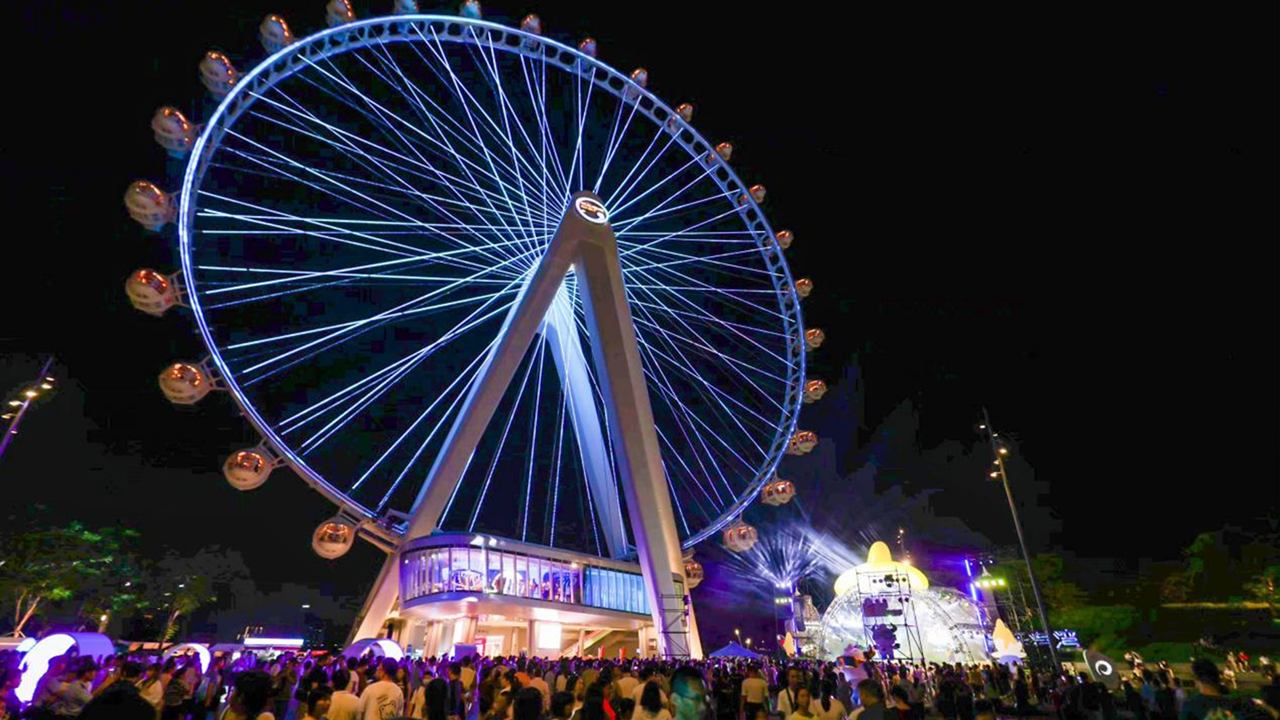
Shenzhen has set sights on building five world-class landmark commercial districts as it goes full steam ahead with its goal to become a globally influential consumption center.
The city’s commerce bureau has recently published a draft plan on commercial service facilities (2023-2035), soliciting public opinions. The draft plan has proposed setting a “four-level and diversified” commercial planning system, as well as establishing the development goals for commercial districts in three stages: 2030, 2035 and the middle of this century.
According to the plan, the five world-class landmark commercial districts include the Luohu core commercial district, the Houhai-Shenzhen Bay commercial district, the Futian central commercial district, the airport-world exhibition and convention center commercial district, and the Qianhai-Bao’an center commercial district.
A world-class landmark commercial district generally covers more than 1 million square meters, serving global and national consumers with high-end shopping, financial business, tourism and culture, as well as leisure and entertainment, according to the draft plan.
The Luohu core commercial district and the Houhai-Shenzhen Bay commercial district will be the key commercial district projects in the near future, while the other three are considered with great potential in the medium and long term.
Shenzhen aims to form a four-level commercial consumption space structure at the global, national, regional and community levels to cater to consumers’ various needs, as per the draft plan.
In addition to the five world-class landmark commercial districts, the city also plans to build seven national leading commercial districts, 42 regional commercial districts and multiple community-level commercial outlets that are accessible within 15 minutes’ walk.
A national leading commercial district generally covers an area between 500,000 and 1 million square meters, mainly targeting consumers in the Guangdong-Hong Kong-Macao Greater Bay Area (GBA) and the country. A regional commercial district covers an area between 100,000 and 500,000 square meters, serving consumers in the region and the GBA.
Meanwhile, Shenzhen endeavors to create a series of diversified and characteristic commercial clusters for consumer spending in fashion, tourism and technological, cultural and creative products.
The plan aims to achieve total retail sales of consumer goods at 1.7 trillion yuan (US$233 billion) by 2030 and near 2.5 trillion yuan by 2035.
It also aims for the city’s world-class commercial districts to reach top-notch level globally by the middle of the century.
